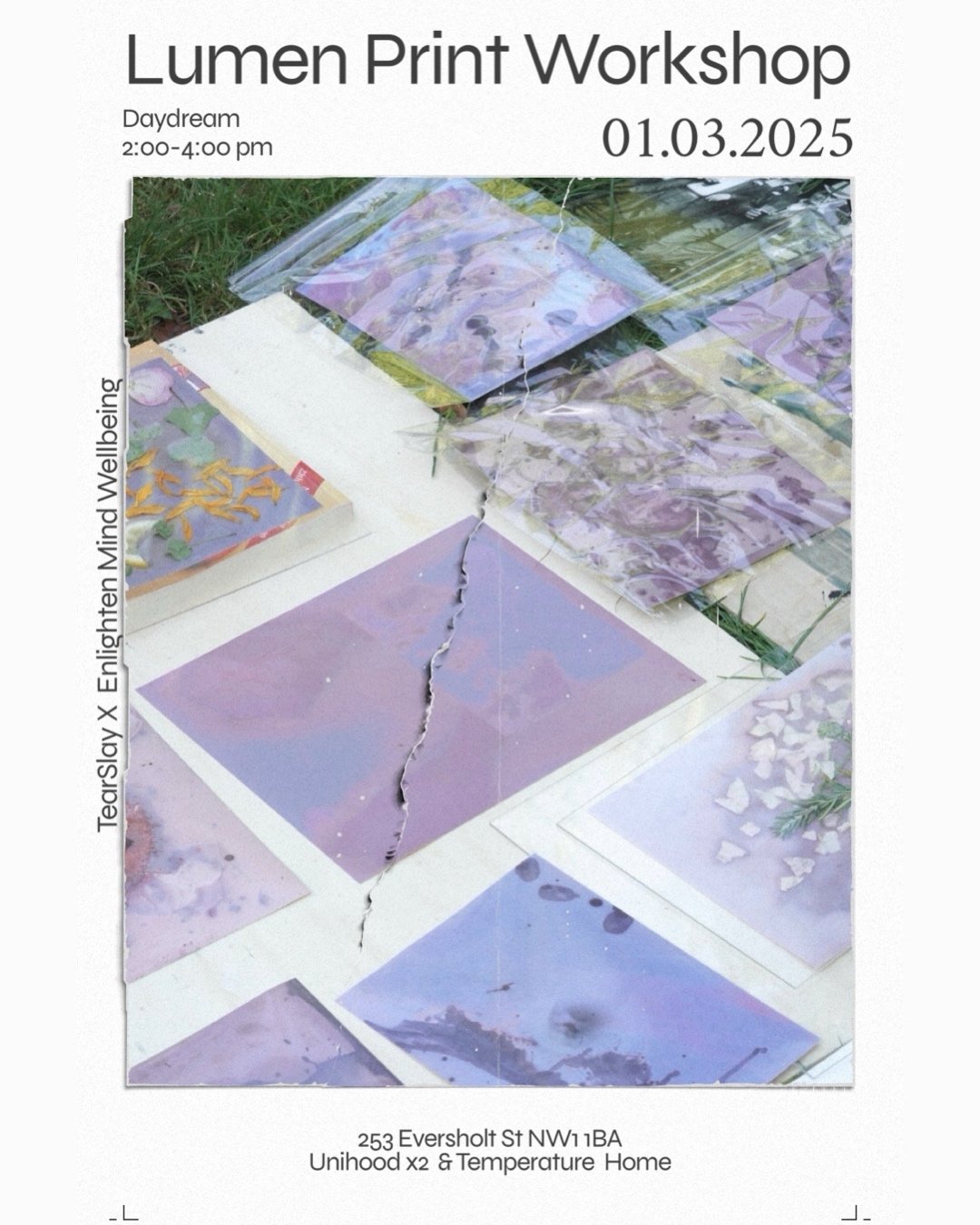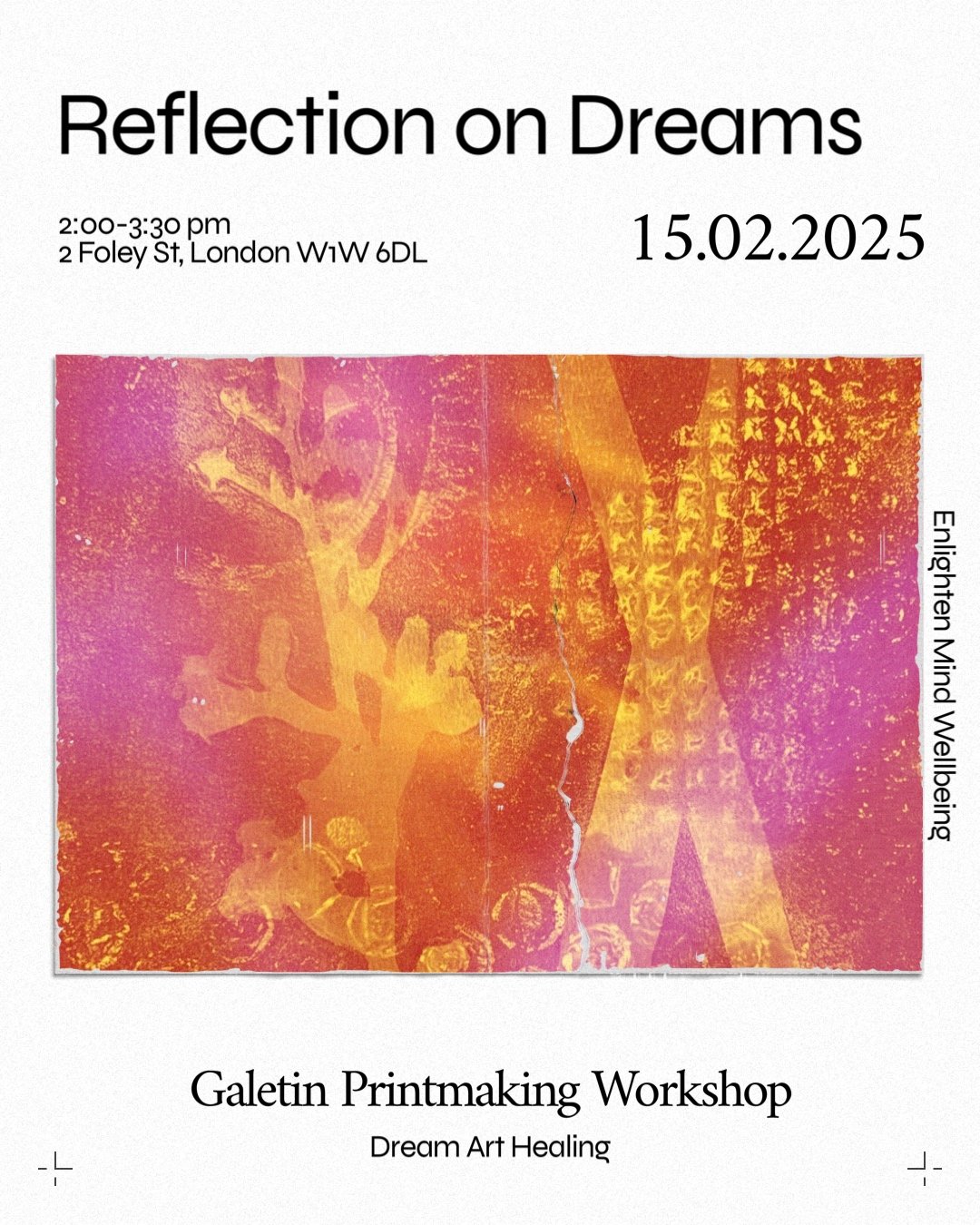Introduction
Dream Art Healing is a creative practice that transforms the vivid imagery, emotions, and symbols from dreams into artistic expression. By using drawing, painting, collage, or other art forms, participants bring their dreams to life, gaining insight into their subconscious mind and uncovering hidden thoughts, feelings, and desires. This form of dream art invites individuals to explore the deeper meanings behind their dreams, fostering emotional balance, creativity, and self-discovery.
Through Dream Art Healing, participants connect with their inner world in a transformative and reflective way. Creating dream art not only encourages personal growth but also cultivates a sense of calm and presence. Whether guided or intuitive, the process opens a window into the symbolic language of the mind, turning dreams into meaningful works of art.
.

Benefits
- Deepens Self-Understanding
By translating dreams into art, participants gain clarity on subconscious patterns, emotions, and unresolved thoughts, promoting greater self-awareness. - Encourages Creative Expression
Dream Art Healing provides a non-verbal outlet for emotions and ideas, inspiring creativity and innovative thinking. - Provides Emotional Release
Transforming complex dream imagery into art offers a safe and constructive way to process emotions and release tension. - Promotes Calm and Relaxation
The act of focusing on dream-inspired art provides a meditative, grounding experience, reducing stress and fostering inner peace.
Steps to Practice
Record Your Dreams
Begin by keeping a dream journal. Upon waking, jot down key elements of your dream, including emotions, colors, symbols, and events.Choose an Art Medium
Select a medium that resonates with you, such as drawing, painting, or creating a collage. Gather materials like paper, paints, markers, or digital tools.Visualize Key Elements
Reflect on your dream and identify its most significant aspects—symbols, characters, or emotions. Let these guide your creative process.Start Creating
Use your chosen medium to express your dream, focusing on its imagery and emotional tone rather than creating a polished or “perfect” piece.Reflect on Your Artwork
After completing your piece, spend time observing it. Consider what it reveals about your inner thoughts or feelings and how it connects to your waking life.
What to Expect in a Session
Introduction and Reflection
Sessions begin with a short reflection on participants’ recent dreams, allowing them to identify key themes or symbols they wish to explore.Guided Visualization
Facilitators may guide participants through a brief visualization exercise to reconnect with the imagery and emotions of their dreams.Artistic Creation
Participants use art materials to express their dreams visually. The process is intuitive and focused on translating emotions and images into art.Group Sharing (Optional)
In group settings, participants can share their artwork and discuss the dream’s meaning, fostering connection and understanding.Integration
The session concludes with a reflection on the artwork’s insights and how they might inform participants’ daily lives or personal growth.
How This Approach Heals
- Self-Knowledge
By turning dreams into art, participants uncover subconscious thoughts, patterns, and desires, leading to greater self-awareness and personal growth.
- Calmness
The reflective and meditative nature of creating art based on dreams helps participants relax and find a sense of inner peace.
- Stress Relief
Transforming dream emotions into visual form provides a constructive outlet for processing tension, promoting emotional balance and clarity.
- Sleep
Reflecting on dreams and externalizing their imagery through art can help participants process unresolved thoughts or emotions that disrupt restful sleep. Engaging in this practice before bedtime can create a calming ritual that encourages deeper and more restorative sleep.
Long-Term Benefits
Enhanced Self-Awareness
Regularly engaging with dreams through art deepens participants’ understanding of their inner world, fostering emotional intelligence and clarity.Sustained Relaxation
The calming practice of reflecting on and creating art from dreams helps participants maintain a sense of balance and mindfulness in daily life.Improved Creativity
By working with abstract and symbolic imagery, participants nurture their creative thinking and unlock new ways of approaching challenges.Emotional Resilience
Processing dream emotions through art equips participants with tools to navigate life’s complexities and handle stress more effectively.Stronger Connections
In group settings, sharing dream-based art fosters a sense of community and mutual understanding, deepening interpersonal relationships.
RELATED POSTS

Culinary Art
Introduction Culinary Art Healing is a creative and healing practice that uses the art of cooking and food symbolism as

Aromahealing
Aroma meaning: A Bridge Between Scent and Inner Well-Being Aroma healing is one of the most ancient healing arts, with


